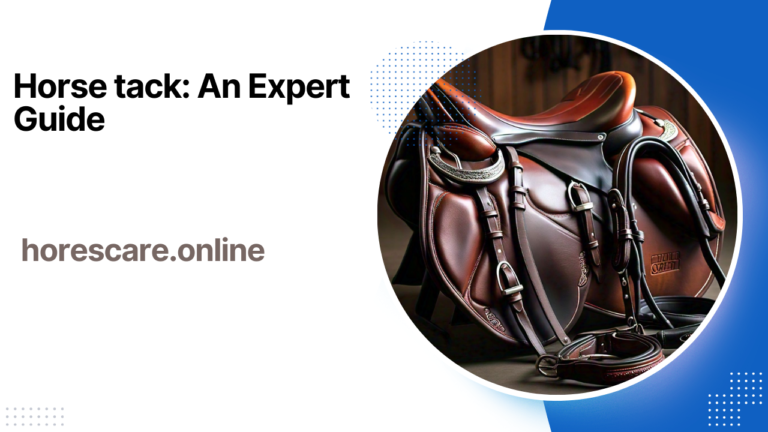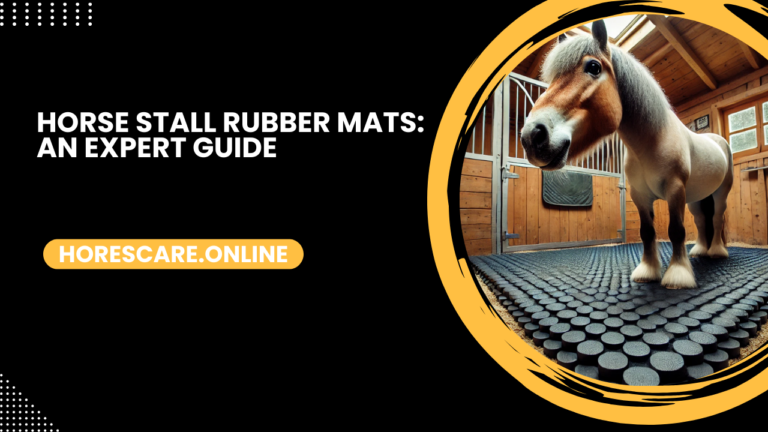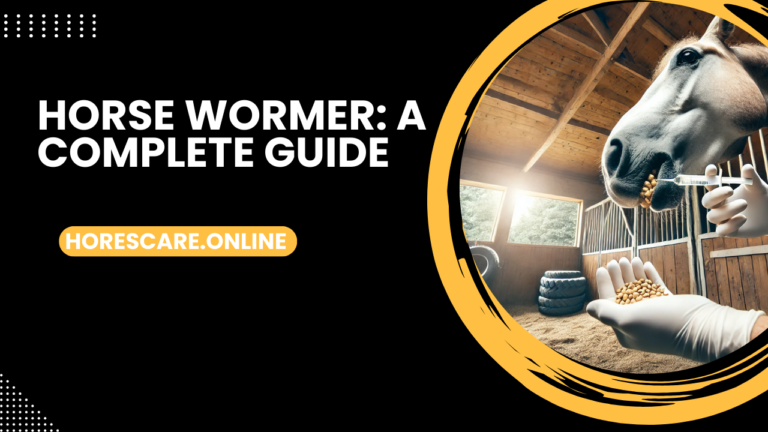Horse stall: A Complete Guide
From my personal experience as a horse owner, one of the most critical investments in equine care is a good horse stall.
A well-designed stall provides a safe, clean, and comfortable space for your horse, which is vital for their overall health and happiness.
In this post, I’ll cover everything about horse stalls—types, how to set them up, and essential maintenance tips to keep your horse healthy and comfortable.
What Exactly is a Horse Stall?
A horse stall is an enclosed area within a barn or stable that serves as the living quarters for horses.
This space offers them protection, a place to rest, and a sense of security. The dimensions, ventilation, and flooring are key elements that impact your horse’s well-being.
Typically, horse stalls are around 12 feet by 12 feet, although the exact size can differ depending on the breed and needs of your horse.
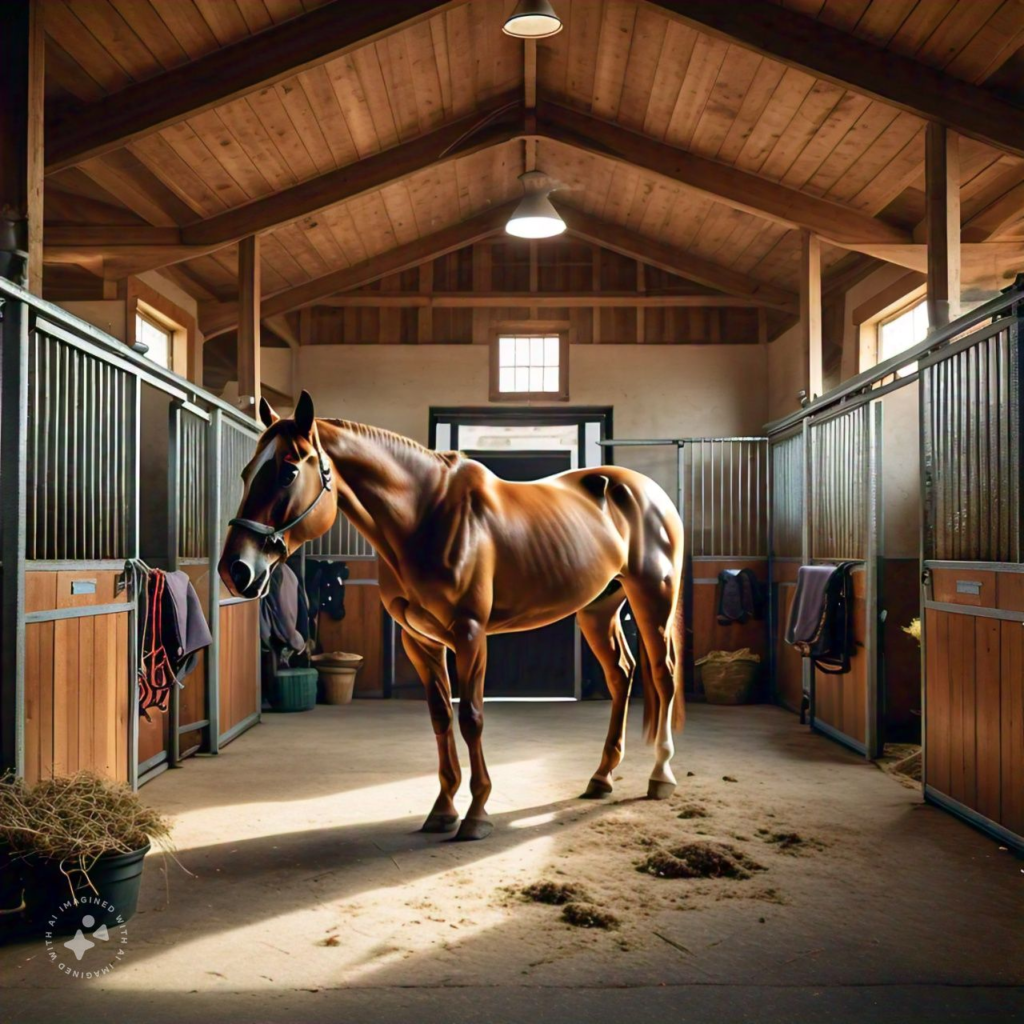
Different Kinds of Horse Stalls
Box Stalls
Box stalls are among the most common types used in barns today.
These spacious enclosures offer horses the freedom to move about, turn around, and lie down comfortably.
Generally, a box stall is about 12×12 feet, making it suitable for most horse breeds.
Standing Stalls
In a standing stall, horses remain tethered in place with enough room to stand comfortably.
This type is narrower than a box stall and is less commonly used but still appropriate in certain situations like temporary housing or rehabilitation.
Portable Horse Stalls
Along with portable horse stalls, make sure you have the necessary equipment like a well-fitted horse bridle for smooth transport.
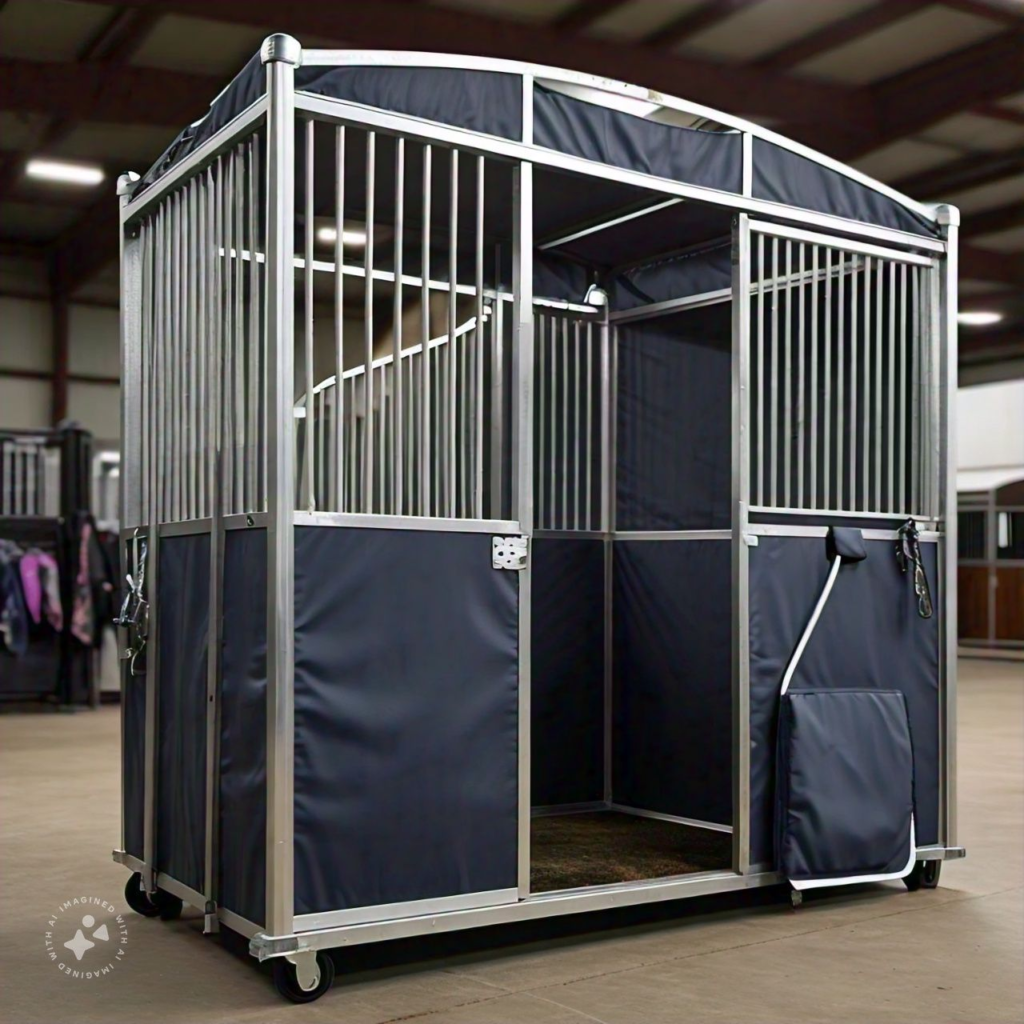
How to Pick the Right Horse Stall
Choosing the ideal horse stall involves taking into account your horse’s size, behavior, and your stable layout. Here are some important considerations to keep in mind:
Stall Dimensions
The standard size is 12×12 feet, but larger horses may need more space. For example, if you own a draft horse, a 14×14 stall might be a better fit to ensure their comfort.
Airflow and Lighting
Proper airflow is essential for your horse’s respiratory health. Make sure your stall is well-ventilated to avoid stagnant air and odors. Adequate natural light is ideal, but artificial lighting can also be used to brighten the space.
Stall Flooring Options
Choosing the right stall flooring is important for both comfort and hygiene. Rubber mats are popular due to their durability and ease of cleaning. Concrete or clay floors can work as well but may need extra bedding to ensure your horse’s comfort.
Setting Up Your Horse Stall
Once you’ve chosen the right stall, it’s time to set it up for your horse’s specific needs.
Bedding Choices
Bedding is an essential component for your horse’s comfort and cleanliness. Straw, wood shavings, and sawdust are common options.
Each has its benefits—straw is traditional, while wood shavings are absorbent and easier to manage.
Stall Door Types
Sliding doors and swinging doors are both popular options. Sliding doors save space, while swinging doors offer a wider entrance for your horse.
Feeding and Watering Systems
Installing wall-mounted feeders and automatic waterers makes feeding time easier and more hygienic. These systems keep food off the floor, minimizing waste and keeping the stall clean.
Maintaining Your Horse Stall
Maintaining a clean and well-kept stall is essential for your horse’s health. Here’s how you can keep your stall in top condition:
- Daily Cleaning:
Remove manure and wet bedding each day. Keeping the stall clean reduces the risk of infection and ensures your horse’s comfort. - Deep Cleaning Weekly:
Regular cleaning of your horse’s stall, along with proper grooming and the use of quality horse care products like horse shampoo, can significantly enhance your horse’s well-being. - Inspect for Repairs:
Regularly check for any damages to the stall, such as broken boards, faulty latches, or worn flooring, and make repairs as needed.
Helpful Resources for Horse Stall Management
For more detailed insights, consider exploring resources like the American Association of Equine Practitioners for horse care guidelines. You can also find quality horse stall supplies at HorseStallSupplies.com.

